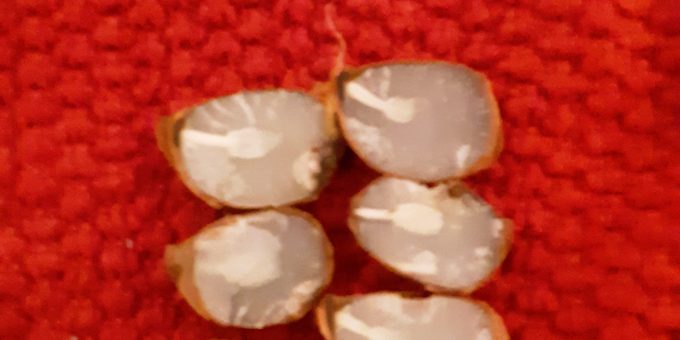
BEDFORD – The Persimmon seeds and the Old Farmers’ Almanac says Indiana is in line for a long, cold, snowy winter.
On the Almanac’s prediction map, Indiana is split in half with “cold, dry” mostly in the northern part of the state and “cold, snowy” in the south.
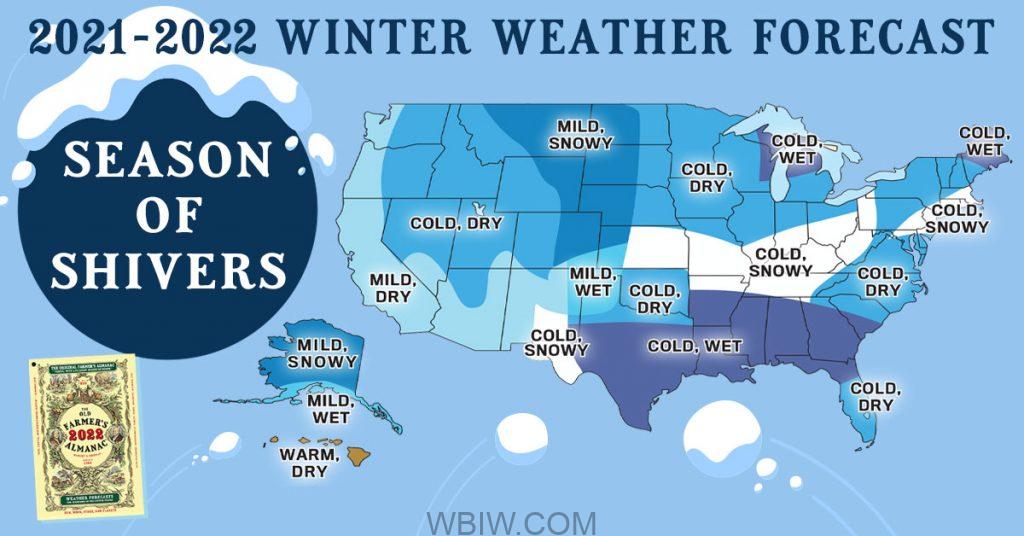
If the prediction is correct, it would be the second Indiana winter in a row to be more frigid than usual. Last winter, on average, was almost five degrees colder than the winter of 2019, according to the National Weather Service. There had not been a colder winter since 2014-15.
The Almanac uses “solar science, the study of sunspots and other solar activity; climatology, the study of prevailing weather patterns; and meteorology, the study of the atmosphere,” to make its long-term predictions, according to its website. Their weather predictions are right about 80 percent of the time.
The National Weather Service has not yet made its winter predictions for Indiana. That report will come later this month.
There are other ways to predict the weather.
According to folklore, if you crack open a persimmon seed from ripe fruit and look at the shape inside (called a cotyledon), it can forecast the winter weather – fork shape the winter will be mild; spoon shape there will be a lot of snow and knife shape you can expect frigid winds that will “cut” like a blade.
The reporter opened the seeds from several persimmons to find a spoon in most every seed meaning lots of snow. The knife symbol did show up in a few of the opened persimmons, indicating frigid temperatures.
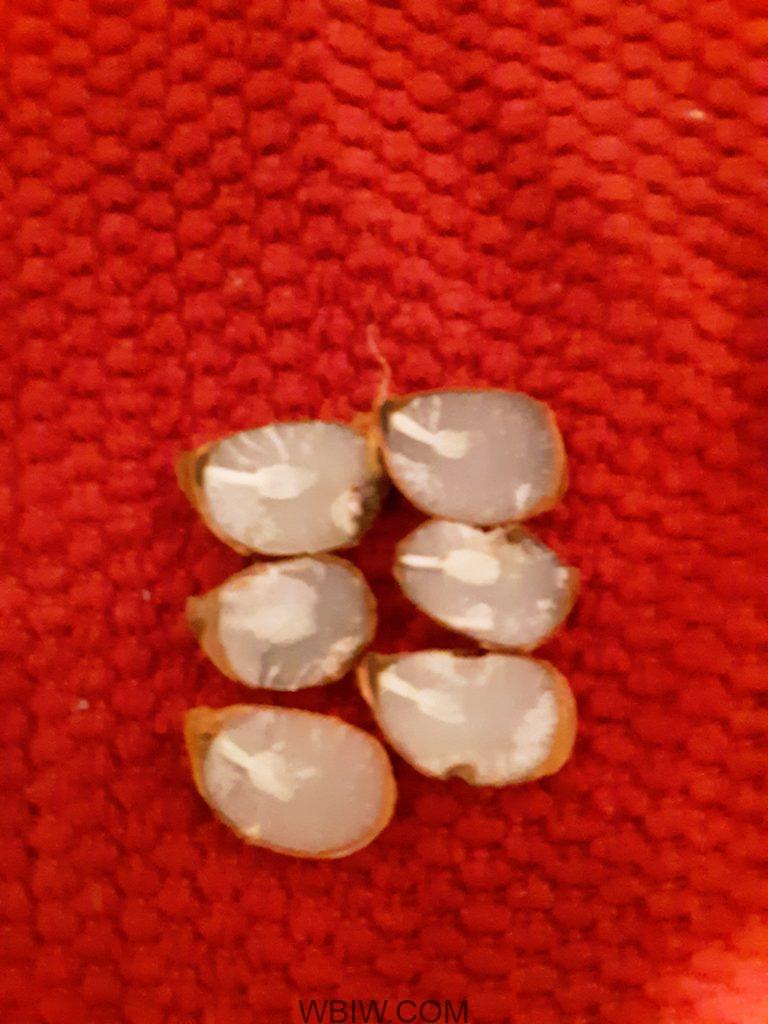
Many of us are all too familiar with the well-known weather folklore indicated by insect activity.
You can observe ants, bees, hornets, crickets, and other insects’ activity that can tells us if the weather will be cold, warm, windy, or fair.
- See how high the hornet’s nest, ‘twill tell how high the snow will rest.
- If ant hills are high in July, the coming winter will be hard.
- When cicadas are heard, dry weather will follow, and frost will come in six weeks.
- If ants their walls do frequently build, rain will from the clouds be spilled.
- When bees to distance wing their flight, days are warm and skies are bright; But when their flight ends near their home, stormy weather is sure to come.
- The early arrival of crickets on the hearth means an early winter.
- The more quickly crickets chirp, the warmer the temperature.
Did you know that you can also observe spiders and their webs closely to gauge weather?
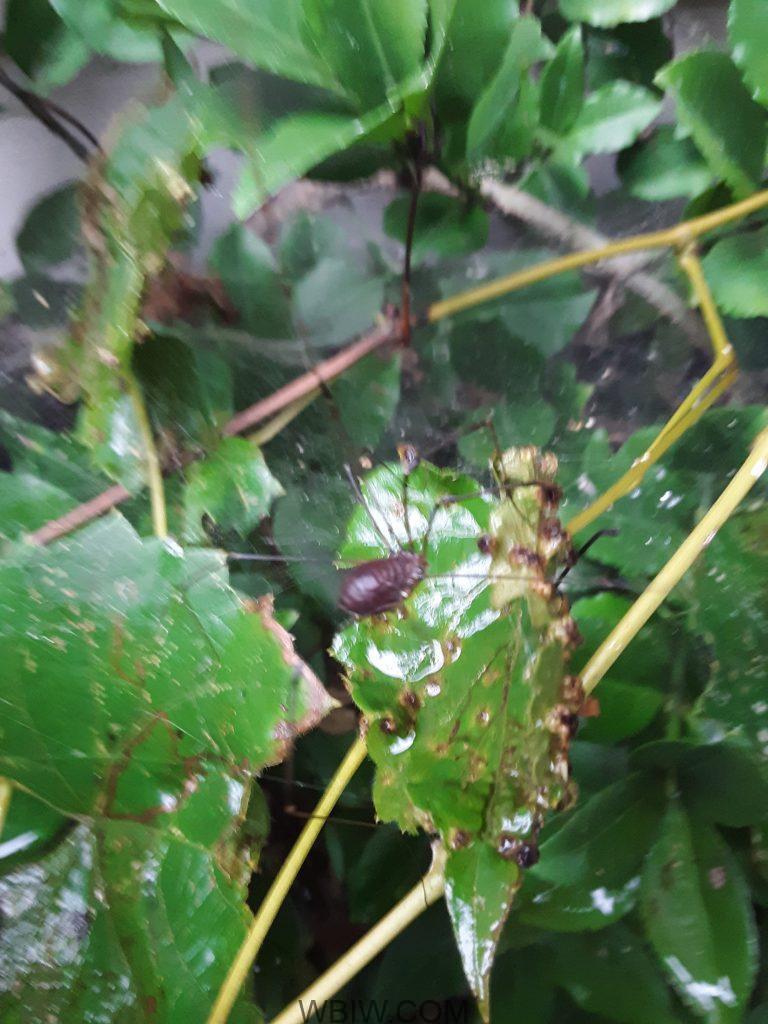
- Spiders spinning larger than usual webs is a sign of a cold winter to come.
- When spiders’ webs in air do fly, the spell will soon be very dry.
- When spiderwebs are wet with dew that soon dries, expect a fine day.
- Spiderwebs floating at autumn sunset; bring a night frost, on this you may bet.
- Spiders move down from their webs before rain.
Certainly, many of you may have heard of the woolly bear caterpillar’s ability to forecast winter weather.
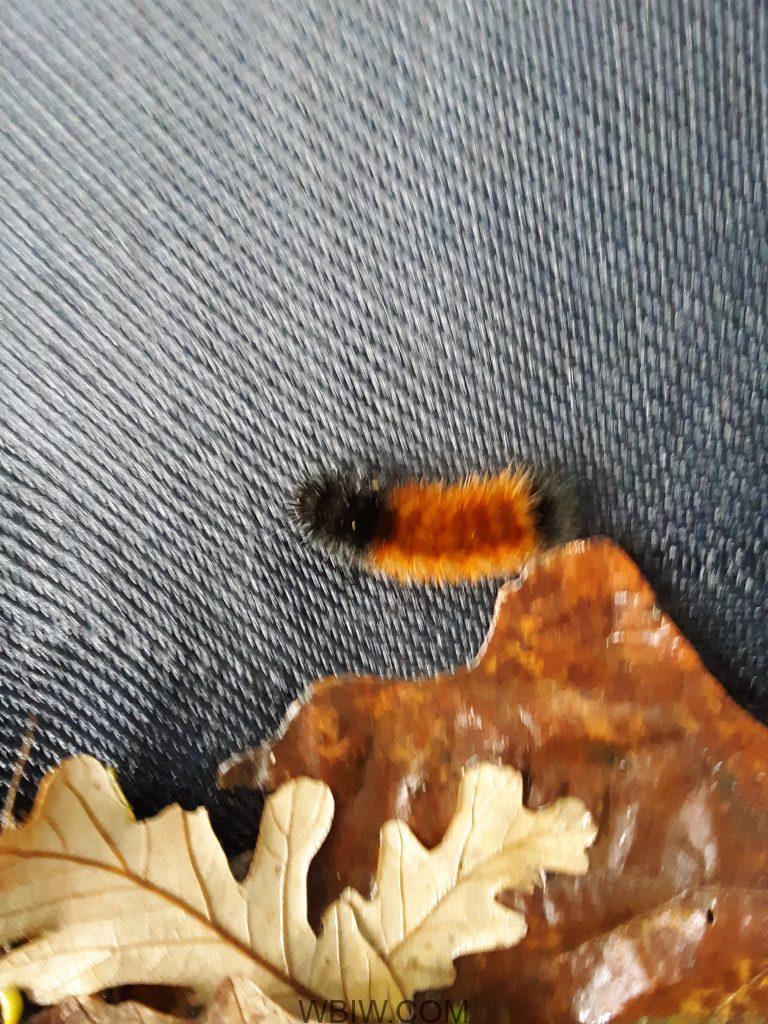
These caterpillars have black and brown bands; according to folklore, more black than brown indicates a harsh, cold winter, while browner than black points to a mild winter.



